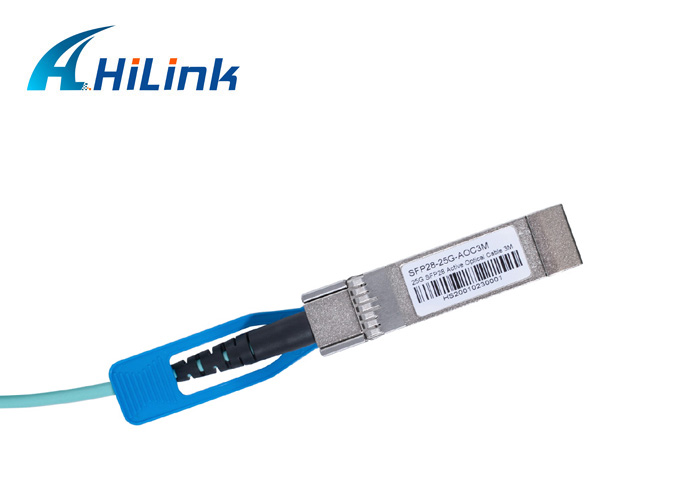Introduction of Common Optical Modules
Jul. 17, 2020
What is GBIC?
GBIC is the abbreviation of Giga Bitrate Interface Converter, which is an interface device that converts gigabit electrical signals into optical signals. GBIC is designed for hot-swapping. GBIC is an interchangeable product that meets international standards. Gigabit switches designed with the GBIC interface occupy a large market share in the market due to their flexible exchange.
What is GBIC?
SFP is the abbreviation of SMALL FORM PLUGGABLE, which can be simply understood as an upgraded version of GBIC. The SFP module volume is reduced by half compared to the GBIC module, and more than double the number of ports can be configured on the same panel. The other functions of the SFP module are basically the same as GBIC. Some switch manufacturers call SFP modules miniaturized GBIC (MINI-GBIC). In the future, the optical module must support hot plugging, that is, the module can be connected to or disconnected from the device without cutting off the power supply. Because the optical module is hot-pluggable, network administrators can upgrade and expand the system without shutting down the network. The user will not cause any impact. Hot swappability also simplifies the overall maintenance work and enables end-users to better manage their transceiver modules. At the same time, due to this hot-swap performance, this module enables network managers to plan the overall cost of transmission and reception, link distance, and all network topologies based on network upgrade requirements without having to replace all system boards. The optical modules that support this hot swap are currently GBIC and SFP. Due to the similar size of SFP and SFF, it can be directly inserted on the circuit board, which saves space and time on the package, and has a wide range of applications. Therefore, Its future development is worth looking forward to, and may even threaten the SFF market.

What is SFF?
SFF (Small Form Factor) small package optical module adopts advanced precision optics and circuit integration technology, the size is only half of the ordinary duplex SC (1X9) type optical fiber transceiver module, and the number of optical ports can be doubled in the same space. Increase the line port density and reduce the system cost per port. And because the SFF small package module uses a KT-RJ interface similar to the copper wire network, the size is the same as the common computer network copper wire interface, which is conducive to the transition of the existing copper-based network equipment to a higher-speed optical fiber network To meet the rapid growth of network bandwidth requirements.
The above information is provided by optical transceiver manufacturers.











